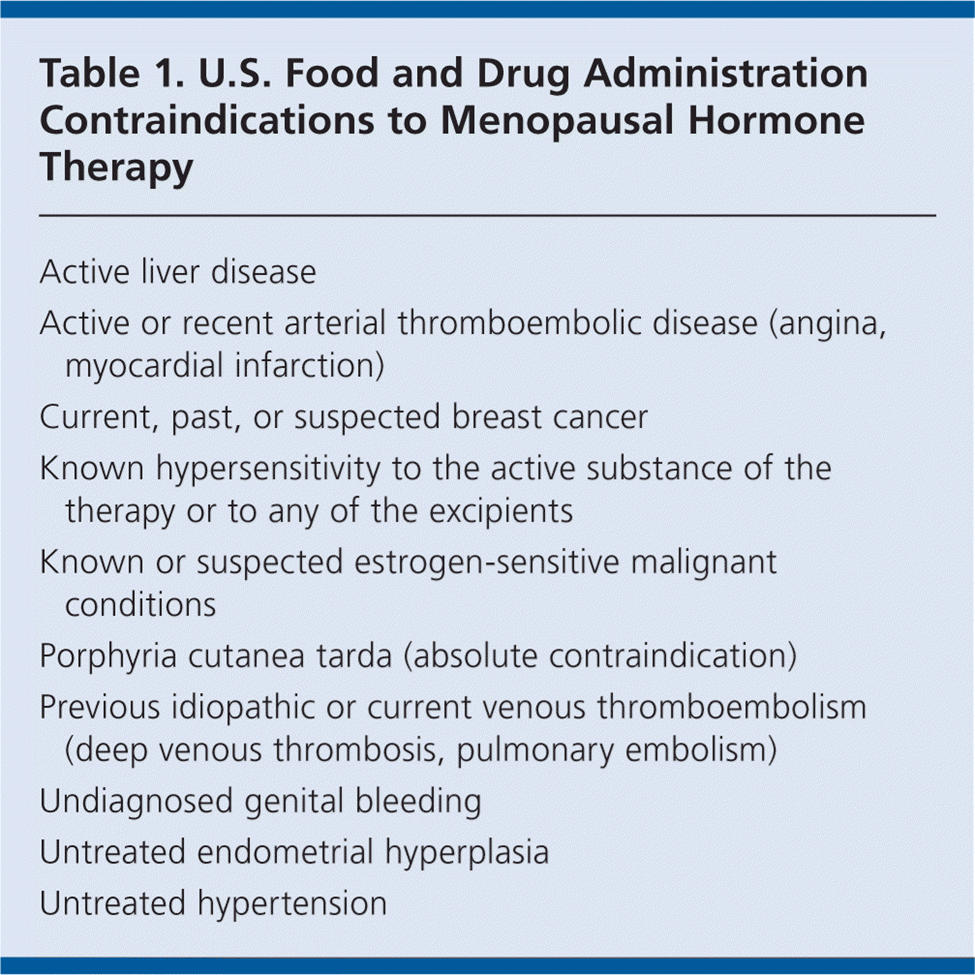As a nurse prepares an older adult client for bed on the first night of her hospital stay, the client says, "I am afraid that I may fall getting to the bathroom during the night. I tend to get a bit disoriented in new surroundings." Which of the following actions should the nurse take?
Offer to request a prescription for an indwelling urinary catheter.
Keep a night light on in the client's room.
Put the side rails up and tell the client to call for assistance to the bathroom.
Limit the client's fluid intake in the evening.
The Correct Answer is B
A. Offer to request a prescription for an indwelling urinary catheter.
Indwelling urinary catheters come with their own set of risks and complications. It is generally not recommended to use them solely for the purpose of preventing falls unless there are other medical indications for their use. Catheters increase the risk of infection and other complications, and their use should be based on clear medical necessity.
B. Keep a night light on in the client's room.
This option directly addresses the client's concern about falling during the night. Providing a night light in the room helps to alleviate disorientation, making it safer for the client to navigate to the bathroom. It is a practical and non-invasive intervention.
C. Put the side rails up and tell the client to call for assistance to the bathroom.
While using side rails can be a fall prevention measure, it's important to consider that they are not without risks. Side rails can lead to entrapment or injury if not used appropriately. In addition, telling the client to call for assistance is good advice, but relying solely on this instruction may not address the immediate concern of disorientation in new surroundings.
D. Limit the client's fluid intake in the evening.
While limiting fluid intake in the evening might reduce the frequency of bathroom trips, it is not the most appropriate response to the client's concern. Dehydration can lead to other health issues and should not be used as the primary strategy for fall prevention.
Nursing Test Bank
Naxlex Comprehensive Predictor Exams
Related Questions
Correct Answer is B
Explanation
A. Concurrent treatment for GERD (gastroesophageal reflux disease) is not typically a contraindication for hormone replacement therapy. However, it's essential to assess the specific details of the client's medical history and medications to ensure safe use.
B. A history of breast cancer is a significant contraindication for hormone replacement therapy. Estrogen, a component of many HRT regimens, can stimulate the growth of certain types of breast cancer. Therefore, HRT is generally avoided in individuals with a history of breast cancer.
C. A history of dermatitis is not typically a contraindication for hormone replacement therapy. However, individual circumstances should be considered, and any concerns related to skin conditions should be discussed with the healthcare provider.
D. Multiple hospitalizations for COPD (chronic obstructive pulmonary disease) may not be a direct contraindication for hormone replacement therapy, but the overall health status and individual medical history should be carefully considered before initiating HRT.

Correct Answer is B
Explanation
A. Salmeterol:
Salmeterol is a long-acting beta-agonist bronchodilator used for respiratory conditions. While it does not directly cause sedation, the individual response may vary, and caution should be taken if the client experiences dizziness or lightheadedness.
B. Diazepam:
Diazepam is a medication that belongs to the benzodiazepine class and can cause sedation, drowsiness, and impaired coordination. These side effects increase the risk of falls, especially in older adults. Fall precautions may include measures such as bed alarms, non-skid socks, and close monitoring when the client is ambulating.
C. Misoprostol:
Misoprostol is a medication used to prevent gastric ulcers, and it does not typically cause sedation or affect coordination.
D. Penicillin G:
Penicillin G is an antibiotic and does not have sedative effects that would necessitate fall precautions.
Whether you are a student looking to ace your exams or a practicing nurse seeking to enhance your expertise , our nursing education contents will empower you with the confidence and competence to make a difference in the lives of patients and become a respected leader in the healthcare field.
Visit Naxlex, invest in your future and unlock endless possibilities with our unparalleled nursing education contents today
Report Wrong Answer on the Current Question
Do you disagree with the answer? If yes, what is your expected answer? Explain.
Kindly be descriptive with the issue you are facing.
